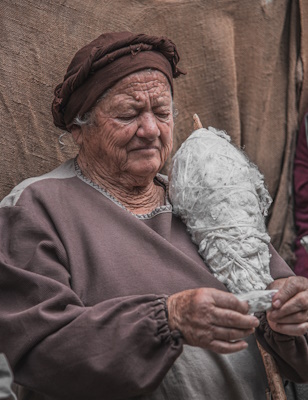Interesting facts and more about Christmas in Valnerina - Interesting facts and more about Christmas in Valnerina

The bonfires of the arrival
In many towns of the Valnerina, bonfires, also known as “focaracci” or “faoni”, open the Christmas season. They are held on the night of 9th December to celebrate the miraculous passage from Nazareth to Loreto of the Virgin Mary, which was flown over by angels.
This celebration involved, especially in past times, the creation of large woodpiles using wood with protective power such as juniper, broom or poplar (the same wood as in the May tradition) and represented a convivial moment with many people gathered amidst songs and stornelli around a huge fire that lit up the night.
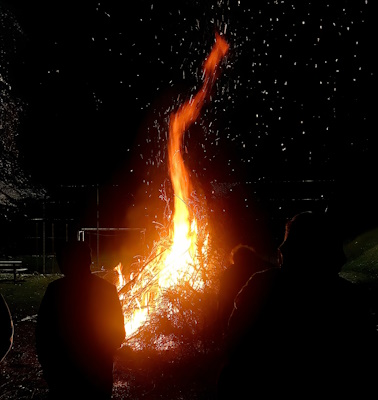
Talking animals
Many elderly people in the Valnerina tell, perhaps to their grandchildren before bedtime, the legend of the talking animals. The night of 24th December was so holy that even farm animals, such as sheep, hens and pigs, would be gifted with speech.
In view of this miraculous occurrence, farmers and peasants used to tend their animals generously, so that they would not speak ill of their masters.
Credits Photo: Valentina Stacchiotti
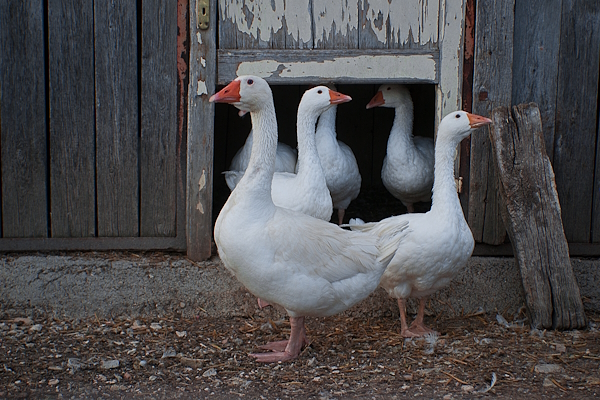
Juniper
Juniper wood was burned in the fireplace on the night of 31st December. The fire on the last night of the year was fed with a piece of wood to which protective powers for the home were attributed.
The protective properties of juniper were linked to its branches, which were also burnt to cleanse the house of negativity and curses, as they were able to keep witches away.
Juniper twigs were in fact hung on the doors of houses and stables: it was thought that if a malicious witch entered, she would have to stop and count its endless needles.
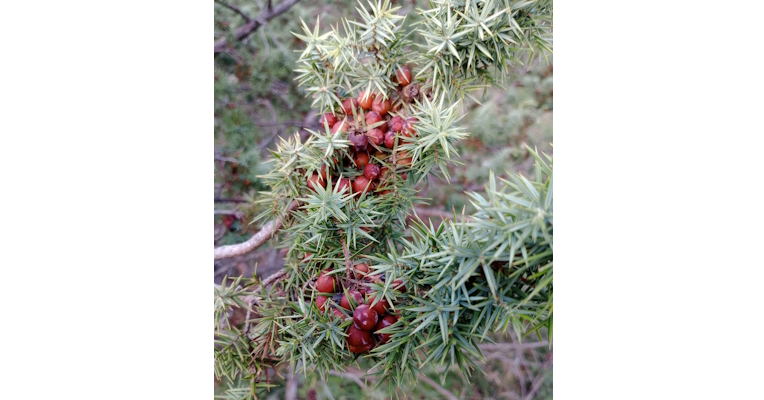
The divination of onions
On January 2nd, peasants used to predict the weather of the New Year by consulting… an onion!
On the first day of the year, this divination tool was prepared by cutting an onion into eleven pieces (the month of January was predicted from the first day of the new year, so it was not needed). On each piece was placed a grain of salt, and it was left outside a window for the whole night.
In the morning, the fate of the salt was examined: pieces where the salt had melted indicated rainy months. Conversely, those where the salt had remained intact indicated drought.
The onion’s response was important for the planning of sowings and harvests.
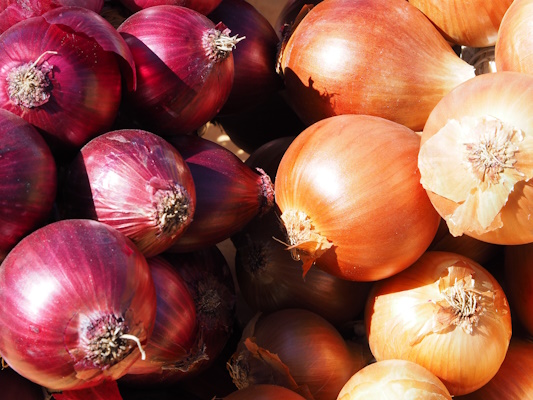
Pasquarelle
The evening between January 5th and 6th was once called Pasqua Befanìa and in the Valnerina, the festive season ended with various Pasquarelle, songs performed by groups of young singers of stornelli and villagers.
Still today the pasquarellari, little basket in hand, led most of the time by a Vecchio (the Old Year) and a Vecchia (the Befana), go from house to house performing songs announcing the birth of Jesus, wishing happy holidays and receiving gifts of food such as pork, wine, eggs and sweets, which are then consumed in a large community dinner.
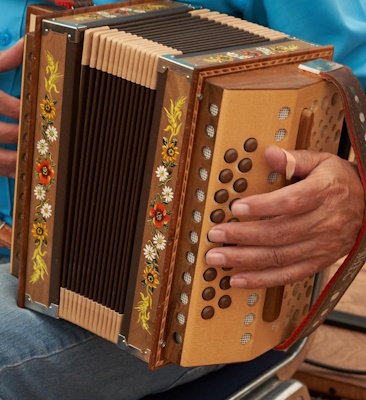
The spinning taboo
Spinning has always been a women’s activity that, especially in past times, required a lot of time, patience and effort. Every now and then, however, even spinners needed a rest: it is perhaps for this reason that spinning was forbidden in the Valnerina on January 6th.
No woman violated this taboo: the belief was that those who spun on a taboo day would witness their lambs being born with necks twisted like threads.
A peculiar superstition that guaranteed spinners a well-deserved day of rest!
Credits photo: Francesco Andreoli
